LiteForex Review 70
This platform keeps saying it's "data-based," but it's all just a scam. I've been applying for a withdrawal for almost two weeks, and I haven't seen a penny! I was initially deceived by their promises of "accurate data and three-day withdrawals." I thought I'd invest some money to supplement my family's income, but as soon as I put my money into the platform, they pocketed it! Every time I contact customer service for an explanation, they say, "The data verification failed and I need to resubmit my information," or "The finance department is checking my transactions, so please wait." They can't finish checking for two weeks? It's clear they don't want to pay! Yesterday, I pushed them too hard, and they even said, "There were illegal transactions in my account and my funds were frozen!" I was just trading normally, so how could there be any violations? This is a clear scam!



From confidence to despair, the endless fluidity of the platform and shameless management. After four months of trading, I placed a buy order at 1.2630 for GBP/USD. At that time, the market volatility was stable, but the order was actually executed at 1.2671, with a slippage of 41 pips. Please remember that on legally compliant Thai forex platforms, slippage is generally controlled within 5-10 pips under similar market conditions. Even more shocking was earlier this month when the European Central Bank (ECB) announced its interest rate decision. I set a stop-loss at 142.50 for EUR/JPY to prevent significant losses. However, when the market fluctuated, the stop-loss was actually executed at 143.23, with a slippage of 73 pips. This single order cost me $3,200, which was two months of my savings. This platform, which relies on slippage fraud and lacks integrity, urges all Thai traders to be cautious and not fall victim to the same scam I did!





Last Friday at 9.10 AM, I was staring at the XAU/THB (gold to baht) stock market until 3 AM to analyze nearly 15 days of trading data. It was an opening position of more than 5 lots at the 26,450 point. After clicking and confirming, the platform froze directly. The order status on the screen kept showing "processing" all the time. I frantically clicked refresh, went back and entered the background again, and even restored the phone to factory settings. It took 25 minutes to get back in. When I checked again, the price had surged to 26,720—I could have made a profit of 67,500 baht. But now, not only did I not make a profit, but panic followed, and I ended up adding another 83,000 baht to the losing position. I complained to customer service, and the woman there sounded like a buzzing mosquito, going in circles saying, "At that time, the server was under temporary maintenance, and there was nothing we could do." Maintenance without prior notice? My friend was trading on another platform at the same time, and their entire process went smoothly. This month, I lost nearly 500,000 baht just because of LiteForex's lag and failed orders! LiteForex, you deliberately delay and want us retail traders to suffer.



On the night of the June 2025 non-farm payroll report, I traded XAU/USD on LiteForex with a stop-loss at 2,360. When the market hit 2,362, my position was forced closed at 2,325. This 35-point slippage resulted in a loss of RM4,200. Eleven of my 12 stop-loss orders slipped, a whopping 91.7% slippage rate, which perfectly aligns with the "99% stop-loss order slippage" phenomenon I've searched for. Even more disgusting is the profit-stripping scheme. In May, I had a profit of $800 on a long EUR/USD position, but the platform suddenly widened the spread to 18 pips (usually just 1.8 pips), and 30% of my profit was inexplicably deducted during the forced liquidation. A warning to Malaysian traders: Stay away from this platform that exploits low-regulatory licenses to steal your funds. There's no way to protect your hard-earned money!

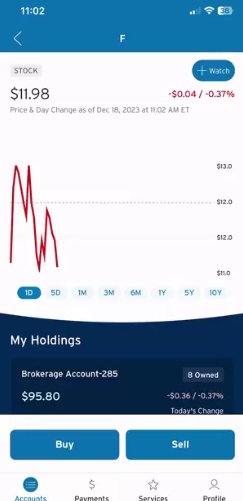



สเปรดพุ่งสูงขึ้น กินเงินต้นไปมาก และอินเทอร์เฟซภาษาไทยก็เต็มไปด้วยบั๊ก ในเดือนพฤษภาคม ขณะที่ผมเทรดคู่เงิน EUR/THB บน LiteForex ผมสังเกตเห็นว่าสเปรดขยายกว้างขึ้นบ่อยครั้งอย่างอธิบายไม่ถูก มันแสดง 2.5 pips ในช่วงเวลาซื้อขายปกติ แต่กลับพุ่งขึ้นทันทีเป็น 15 pips ทันทีที่ผมวางคำสั่งซื้อ ก่อนจะกลับมาเป็นปกติเมื่อปิดสถานะ ในคืนที่มีรายงานการจ้างงานนอกภาคเกษตรกรรมวันที่ 15 ตุลาคม สถานะซื้อ 5 ล็อตของผมถูกปิดลงทันทีเนื่องจากสเปรดขยายกว้างขึ้นอย่างกะทันหันเป็น 30 pips ส่งผลให้ขาดทุน 120,000 บาท ที่แย่กว่านั้นคืออินเทอร์เฟซภาษาไทยเต็มไปด้วยบั๊ก โดยปุ่ม "Stop Loss" เปลี่ยนเป็น "Close" เป็นครั้งคราว โฆษณาของแพลตฟอร์มที่ว่า "สเปรดคงที่" นั้นเป็นเรื่องโกหกโดยสิ้นเชิง ภาพหน้าจอจำนวนมากในฟอรัมผู้ใช้ภาษาไทยพิสูจน์ว่าพวกเขาได้ติดตั้งกับดักสเปรดแบบไดนามิกสำหรับคู่เงินบาทไทย มันน่าหงุดหงิดมาก อย่าเข้ามาใกล้

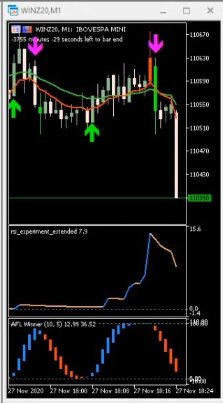
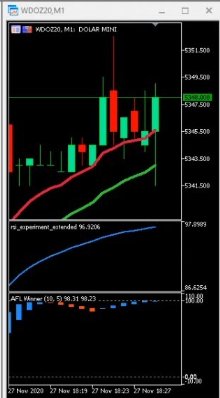
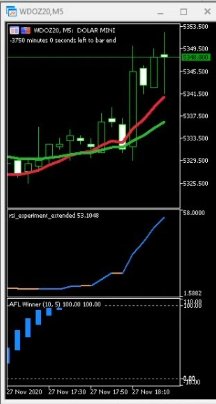





LiteForex, I really regret choosing your platform! I always thought legitimate platforms wouldn't falsify data, but you've used "data" as a tool to scam me out of money. Now my withdrawals are stuck! I used to base my crude oil trading strategy on your platform's candlestick charts and volume data, but every time I placed an order, the data started to "go against me"! When I went long, your data deliberately drove it down; when I went short, the data suddenly shot up. In just five days, I was wiped out three times! Now I want to admit defeat and exit, but requesting a withdrawal is incredibly difficult! I've submitted eight withdrawal requests, and each time they were rejected due to "anomalies in trading behavior," and you can't even explain what the anomaly is! I called my account manager, but he simply refused to answer. I left messages on your platform, but they were blocked!



Everyone, be careful! This platform has significant slippage. Every time the market fluctuates, the execution of orders is like a roller coaster. Buy and sell orders in the market take 2 seconds. -3 minutes in the process, and the final price is significantly lower. Last week, when the price of crude oil began to rise, I entered the Long position, which showed a price of 80.50 when clicked, but the buy/sell price was at 80.75. The slippage alone caused a 3% loss in the account. This broker is truly unreliable.
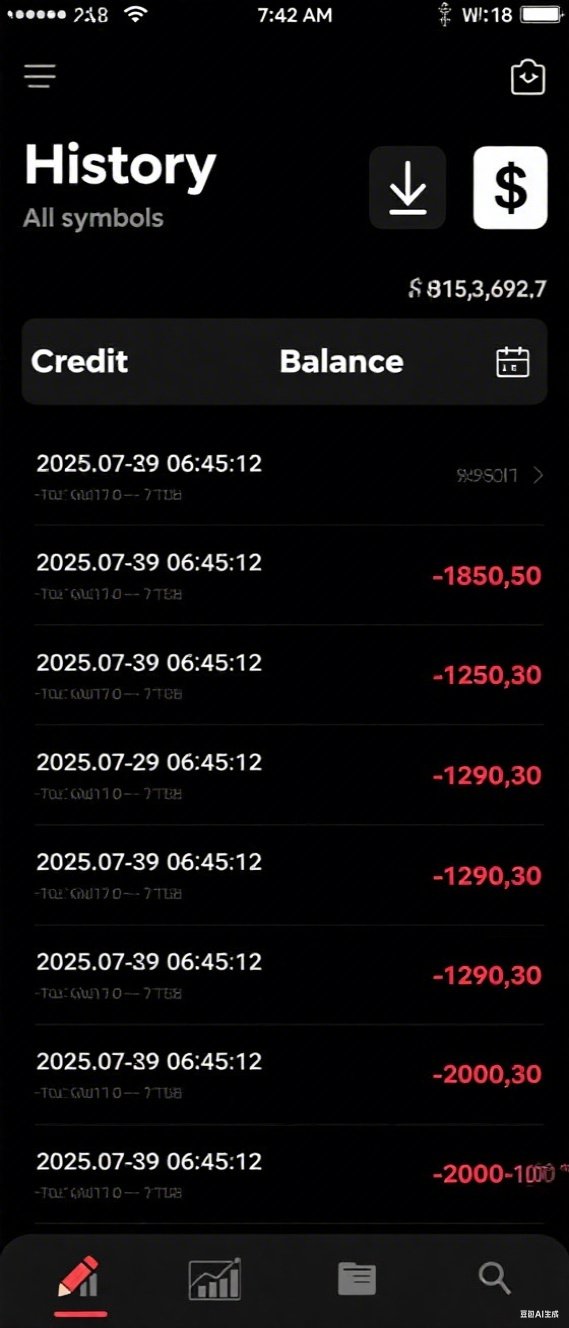
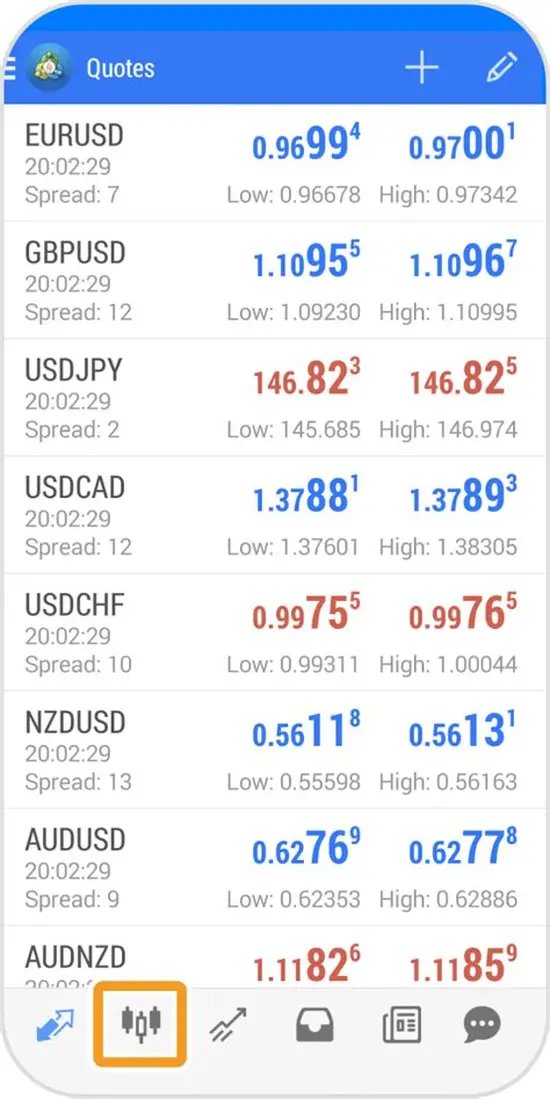





A decent trader, no major advantages or disadvantages, everyone has different opinions




